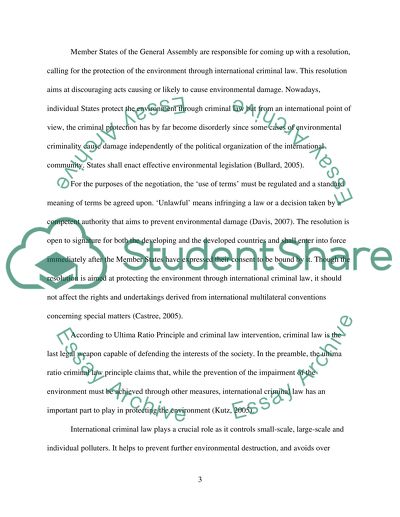Cite this document
(“Human Rights Law - Protection of the Environment and Environmental Essay”, n.d.)
Human Rights Law - Protection of the Environment and Environmental Essay. Retrieved from https://studentshare.org/law/1496108-human-rights-law-protection-of-the-environment-and
Human Rights Law - Protection of the Environment and Environmental Essay. Retrieved from https://studentshare.org/law/1496108-human-rights-law-protection-of-the-environment-and
(Human Rights Law - Protection of the Environment and Environmental Essay)
Human Rights Law - Protection of the Environment and Environmental Essay. https://studentshare.org/law/1496108-human-rights-law-protection-of-the-environment-and.
Human Rights Law - Protection of the Environment and Environmental Essay. https://studentshare.org/law/1496108-human-rights-law-protection-of-the-environment-and.
“Human Rights Law - Protection of the Environment and Environmental Essay”, n.d. https://studentshare.org/law/1496108-human-rights-law-protection-of-the-environment-and.


